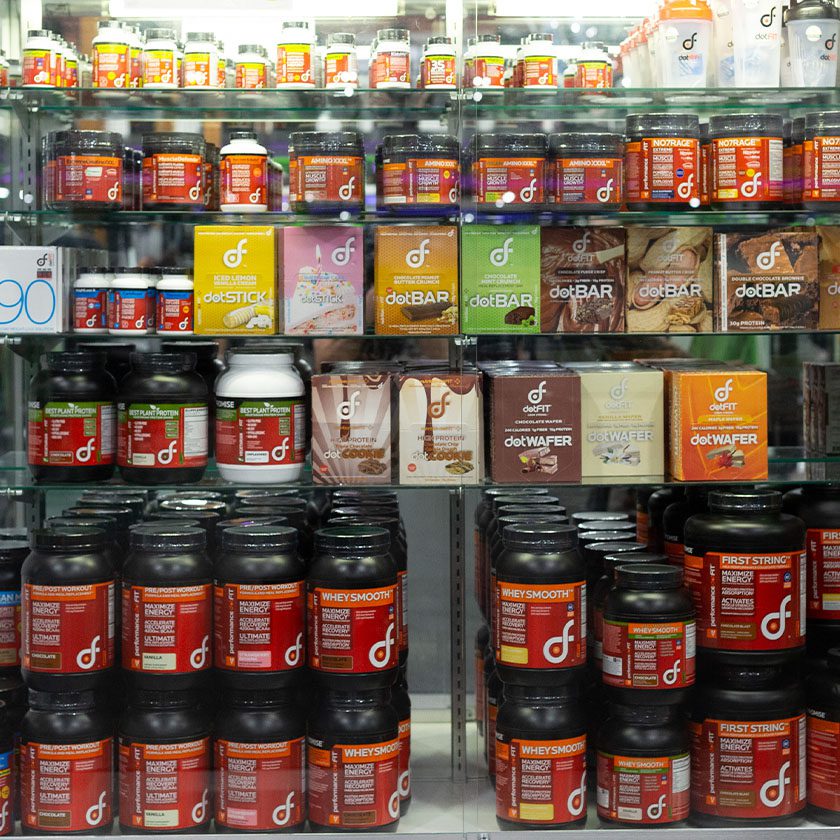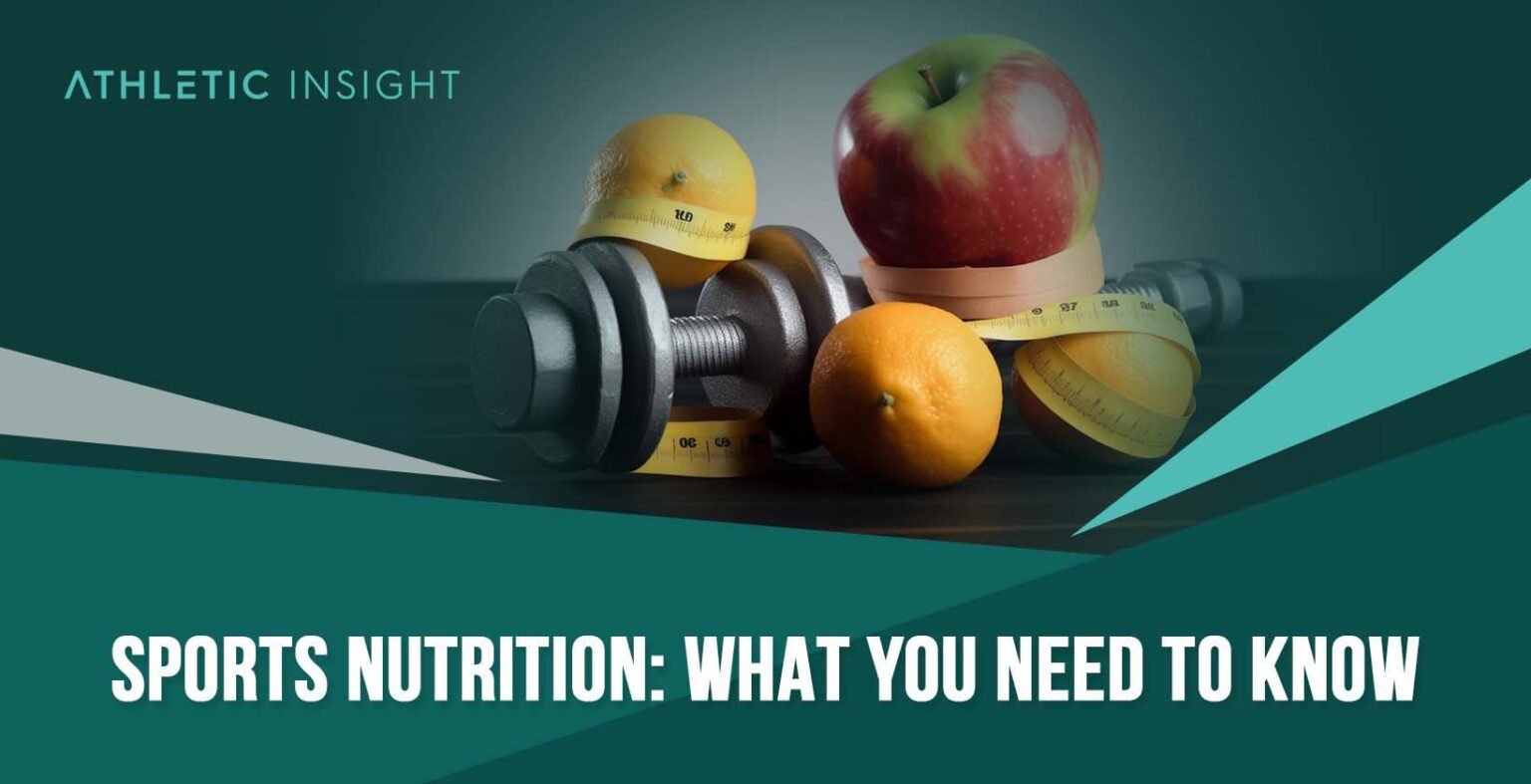Sports nutrition supplements
Whatever your goals, we’ve got the fuel to reach them. And now, it’s easier than ever to stay on track with AUTO DELIVERY, so you never miss a thing. Plus, you get a 10% discount on every subscription AND free shipping* silver oak casino review.
Ready to discover the best in health and wellness products? Visit an Active Nutrition store near you! Whether you’re looking for premium supplements, expert advice, or the latest in fitness nutrition, our stores offer everything you need to support your active lifestyle.
Did you know that with our Healthy Awards® program, you can earn points for every dollar you spend? And that those points turn into big Awards? Oh, and did we mention the exclusive perks and rewards? Sweeeeet.
At Prime Sports Nutrition, we’re dedicated to helping you reach your Prime. We offer premium quality sports nutrition supplements, backed by unmatched customer service and lightning fast shipping. Whether you’re an elite athlete or just starting your fitness journey, we’re here to assist you with your goals. Stay Prime.

International society of sports nutrition
In alignment with our previous position stand, it is the position of the International Society of Sports Nutrition that the majority of exercising individuals should consume at minimum approximately 1.4 to 2.0 g of protein per kg of bodyweight per day to optimize exercise training induced adaptations. Importantly, this recommendation also falls within the Institute of Medicine’s Acceptable Macronutrient Distribution Range (AMDR) of 10–35% protein . The amount is dependent upon the mode and intensity of the exercise, the quality of the protein ingested, as well as the energy and carbohydrate status of the individual. However, it should be noted that there is preliminary evidence that consuming much higher quantities of protein (> 3 g/kg/d) may confer a benefit as it relates to body composition. Concerns that protein intake within this range is unhealthy are unfounded in healthy, exercising individuals. An attempt should be made to consume whole foods that contain high-quality (e.g., complete) sources of protein; however, supplemental protein is a safe and convenient method of ingesting high-quality dietary protein. The timing of protein intake in the period encompassing the exercise session may offer several benefits including improved recovery and greater gains in lean body mass. However, perhaps the most important issue regarding protein intake during the peri-workout period is that it serves as an opportunity to eat thus elevating one’s total daily protein intake. In addition, consuming protein pre-sleep has been shown to increase overnight MPS and next-morning metabolism acutely along with improvements in muscle size and strength over 12 weeks of resistance training. Intact protein supplements, EAAs and leucine have been shown to be beneficial for the exercising individual by increasing the rates of MPS, decreasing muscle protein degradation, and possibly aiding in recovery from exercise. In summary, increasing protein intake using whole foods as well as high-quality supplemental protein sources can improve the adaptive response to training.
Research indicates that rates of MPS rapidly rise to peak levels within 30 min of protein ingestion and are maintained for up to three hours before rapidly beginning to lower to basal rates of MPS even though amino acids are still elevated in the blood . Using an oral ingestion model of 48 g of whey protein in healthy young men, rates of myofibrillar protein synthesis increased three-fold within 45–90 min before slowly declining to basal rates of MPS all while plasma concentration of EAAs remained significantly elevated . While human models have not fully explored the mechanistic basis of this ‘muscle-full’ phenomenon, an energy deficit theory has been proposed which hypothesizes that rates of MPS were blunted even though plasma concentrations of amino acids remained elevated because a relative lack of cellular ATP was available to drive the synthetic process . While largely unexplored in a human model, these authors relied upon an animal model and were able to reinstate increases in MPS using the consumption of leucine and carbohydrate 135 min after ingestion of the first meal. As such, it is suggested that individuals attempting to restrict caloric intake should consume three to four whole meals consisting of 20–40 g of protein per meal. While this recommendation stems primarily from initial work that indicated protein doses of 20–40 g favorably promote increased rates of MPS , Kim and colleagues recently reported that a 70 g dose of protein promoted a more favorable net balance of protein when compared to a 40 g dose due to a stronger attenuation of rates of muscle protein breakdown.
Collectively, these results indicate that increasing dietary protein can promote favorable adaptations in body composition through the promotion of fat-free mass accretion when combined with a hyperenergetic diet and a heavy resistance training program and can also promote the loss of fat mass when higher intakes of daily protein (2-3× the RDA) are combined with an exercise program and a hypoenergetic diet.
While this research appears to support the efficacy of slower digesting proteins, subsequent work has questioned its validity in athletes. The first major criticism is that Boire and colleagues investigated whole body (non-muscle and muscle) protein balance instead of skeletal (myofibrillar) MPS. This is important considering that skeletal muscle protein turnover occurs at a much slower rate than protein turnover of both plasma and gut proteins; as a result, MPS has been suggested to contribute anywhere from 25 to 50% of total whole body protein synthesis . These findings suggest that changes in whole body protein turnover may poorly reflect the level of skeletal muscle protein metabolism that may be taking place. Trommelen and investigators examined 24 young men ingesting 30 g of casein protein with or without completion of a single bout of resistance exercise, and concluded that rates of MPS were increased, but whole-body protein synthesis rates were not impacted.
The majority of available science has explored the efficacy of ingesting single protein sources, but evidence continues to mount that combining protein sources may afford additional benefits . For example, a 10-week resistance training study by Kerksick and colleagues demonstrated that a combination of whey (40 g) and casein (8 g) yielded the greatest increase in fat-free mass (determined by DEXA) when compared to both a combination of 40 g of whey, 5 g of glutamine, and 3 g of BCAAs and a placebo consisting of 48 g of a maltodextrin carbohydrate. Later, Kerksick et al. demonstrated various combinations of whey, casein, and colostrum proteins with and without creatine can also yield positive improvements in strength and body composition over a 12-week resistance training and supplementation regimen. Similarly, Hartman and investigators had 56 healthy young men train for 12 weeks while either ingesting isocaloric and isonitrogenous doses of fat-free milk (a blend of whey and casein), soy protein or a carbohydrate placebo and concluded that fat-free milk stimulated the greatest increases in Type I and II muscle fiber area as well as fat-free mass; however, strength outcomes were not affected. Moreover, Wilkinson and colleagues demonstrated that ingestion of fat-free milk (vs. soy or carbohydrate) led to a greater area under the curve for net balance of protein and that the fractional synthesis rate of muscle protein was greatest after milk ingestion. In 2013, Reidy et al. indicated that a mixture of whey and soy protein over a four-hour measurement window similarly increased MPS rates during the early (0–2 h) time-period versus whey protein, but only the protein blend was able to stimulate significantly increased MPS rates during the later (2–4 h) measurement window. However, when the entire four-hour measurement period was considered, no difference in MPS rates were found. A follow-up publication from the same clinical trial also reported that ingestion of the protein blend resulted in a positive and prolonged amino acid balance when compared to ingestion of whey protein alone, while post-exercise rates of myofibrillar protein synthesis were similar between the two conditions . Reidy et al. reported that in 68 healthy young men who were participating in a supervised resistance-training program over 12 weeks, there were increases in whole body lean mass with either whey protein or a whey protein and soy protein blend compared to a maltodextrin placebo. No differences were found between whey and the whey and soy blend.
Sports nutrition degrees
MS Nutritional ScienceThe Nutritional Sciences Master’s degree program accepts the successful completion of the IOC Diploma in Sports Nutrition as fulfilling part of the requirements for its MS degree
The Career Center offers an extensive career library, free assessments for exploring major/careers, job search training, career advising, employer connections, and a staff dedicated to assisting students in the career development process.
More than ever, professional and college-level sports organizations are acknowledging the importance of exposing their athletes to more nutrition conscious lifestyles. In fact, recently the National Collegiate Athletic Association (NCAA) has joined forces with the Collegiate & Professional Sports Dietitians Association (CPSDA) and the Sports, Cardiovascular and Wellness Nutrition (SCAN) to more actively promote nutritious lifestyles among its athletes.
The sports nutrition program focuses on the application of nutrition principles as they relate to sport and human performance. Students will explore how nutrition impacts performance. Graduates will be prepared for careers including sports nutrition, personal training or work in the fitness industry, including product development and research. Students may choose to supplement their academic training with national certification in a specific area including personal trainer, strength and conditioning coach or health coach.

MS Nutritional ScienceThe Nutritional Sciences Master’s degree program accepts the successful completion of the IOC Diploma in Sports Nutrition as fulfilling part of the requirements for its MS degree
The Career Center offers an extensive career library, free assessments for exploring major/careers, job search training, career advising, employer connections, and a staff dedicated to assisting students in the career development process.
Degrees in sports nutrition
Starting in 2024, the Academy of Nutrition and Dietetics will require entry-level Registered Dietitians Nutritionists (RDNs) to have completed a master’s degree. If you’re already an RDN seeking to be more competitive in the job market, our Sport Nutrition graduate’s degree will expand your knowledge and skill set. If you are a student seeking to enter the profession, this degree will enable you to work as a sports nutritionist in settings that don’t require RDN certification.
Sports nutritionists are in high demand. In fact, 100% of recent graduates from UCM’s Nutrition program have gained employment or been accepted to graduate school within six months of completing their Sport Nutrition master’s degree.
Sports supplementation, like a proper diet, is essential in the world of sports. In this Master’s Degree in Sports Nutrition and Supplementation (FEFF’s own degree), you will acquire the necessary knowledge about diet and nutrition, as well as disease prevention through diet, to apply them to the diet of athletes and people who perform physical exercise. This own master’s degree in sports nutrition seeks, in short, to train students to be able to optimize the performance of athletes through nutrition and by recommending nutritional supplements.
Any undergraduate degree but with the following pre-requirements and with an accumulated undergraduate GPA greater than 3.00. Prospective students may apply for conditional admittance if they have an accumulated undergraduate GPA of 2.75-3.00.
Our online M.S. in Nutrition – Sport Nutrition features multiple start dates to accommodate your busy schedule. Find the start date that works best for you and apply before the application deadline associated with it.
